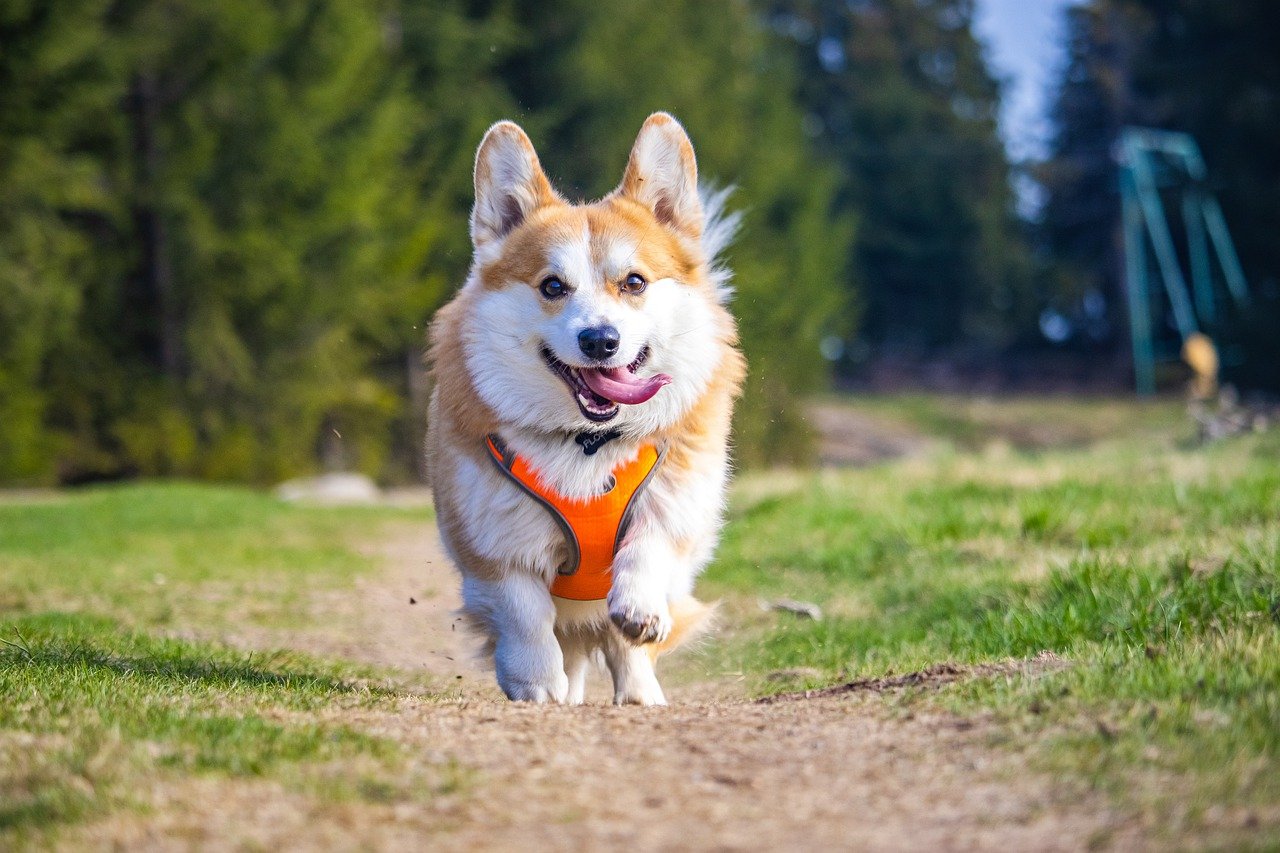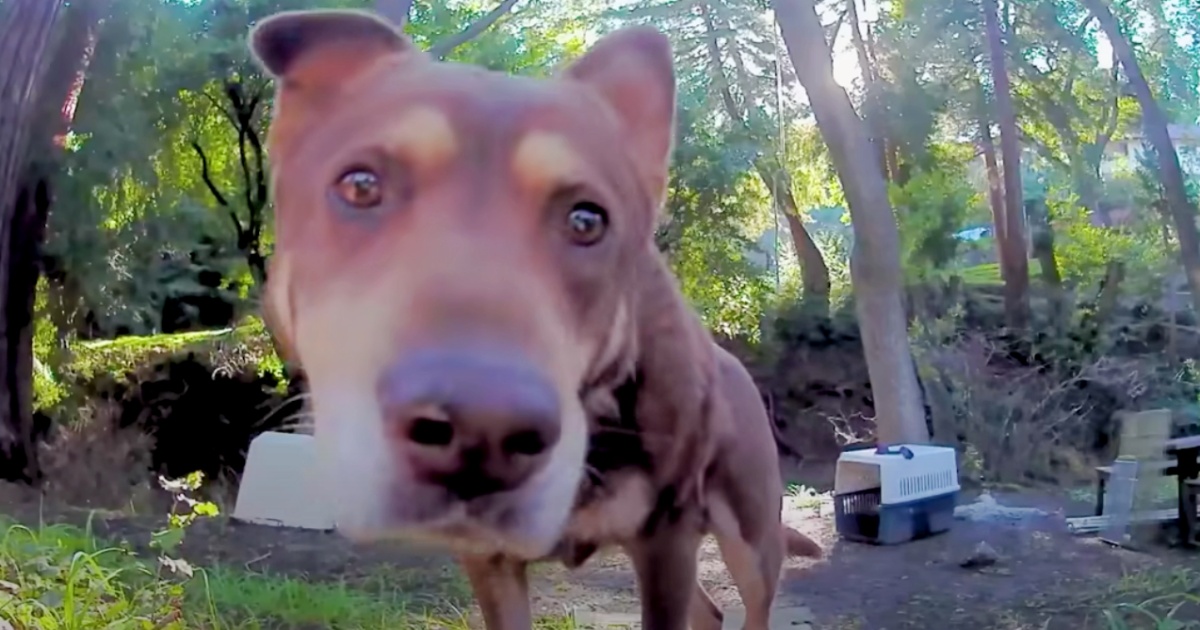Understanding your dog’s behavior can sometimes feel like learning a new language. Dogs do not speak with words, but they communicate through their body language, sounds, and actions.
Have you ever wondered why your dog tilts their head, wags their tail, or barks in certain ways? These are all signals meant to tell you something. By paying close attention, owners can create a deeper bond with their pets. This article will explore how dogs share their feelings and needs, giving you better insight into their world.
The Language of Tail Movement
A dog’s tail tells a story. A fast wag usually means excitement or happiness, but the speed and height of the wag also matter. A tail held high and stiff may signal alertness or even tension, while a tail tucked under shows fear or uncertainty.
Understanding these signals can help owners respond properly. If a dog is wagging quickly but stiffly, they may not be friendly at that moment. On the other hand, a loose wag with a relaxed body usually means the dog is open and happy.
Paying attention to your dog’s tail movement allows you to respect their comfort level. It also prevents misunderstandings, especially when interacting with other dogs or people. Reading tail language is one of the simplest ways to know what your pet is feeling at any given time.
Dogs use their ears and eyes as powerful communication tools. Ears pulled back often mean submission, nervousness, or even friendliness, while ears standing tall can show alertness or interest. Some breeds with floppy ears may not show obvious changes, but subtle shifts still reveal emotions.
Eye contact also carries meaning. A direct stare can sometimes feel like a challenge, while soft, relaxed eyes usually mean trust and comfort. Dogs that look away or blink often are trying to avoid conflict or show calmness.
By watching these signals together, you can see when your dog feels secure or uneasy. This helps in guiding interactions at home, during walks, or when meeting strangers. Reading ear and eye language helps owners create a more respectful and caring relationship with their pets.
Understanding Barks, Whines, and Growls
Vocal signals are another way dogs express themselves. A bark may mean excitement, warning, or a call for attention, depending on its tone and speed. Quick, repeated barks usually signal alertness, while playful barks tend to sound lighter.
Whining is often a sign of discomfort, need, or stress. Puppies whine to call their mother, and adult dogs may whine to get attention from their owner. Growling, though often seen as negative, is simply a warning sign. It means the dog wants space or feels threatened.
Instead of punishing these sounds, owners should listen and respond with care. Understanding the meaning behind each noise reduces confusion and strengthens trust. A dog that feels heard is more likely to remain calm and cooperative.
The Role of Posture and Movement
A dog’s posture often reveals how they feel in a moment. Standing tall with stiff legs may mean they are alert or trying to show dominance. A crouched position with the head lowered shows submission, fear, or uncertainty. Rolling over to expose the belly often means trust, but sometimes it can also signal nervousness.
Movement also plays a role. Quick pacing may show stress, while playful bouncing often means happiness. A dog that freezes still may be unsure or sensing danger. These clues can help owners decide whether to encourage play, give space, or redirect energy.
Posture and movement are important in daily interactions. When owners pay attention, they avoid stressful situations and create safer, more positive experiences for their pets. Reading these signals makes it easier to connect and guide behavior gently.
How Dogs Use Smell and Touch in Communication
While humans focus on sight and sound, dogs rely heavily on smell and touch. Scent is their primary way of understanding the world. Dogs sniff objects, people, and other dogs to gather information. This tells them about emotions, health, and even ownership.
Touch is also meaningful. A dog nudging with their nose may be asking for attention. Leaning against you can signal comfort or a desire for closeness. Playful pawing may mean they want to engage, while a gentle lick can show affection.
Understanding these cues makes it easier to meet a dog’s needs. It also helps owners respect their space when the dog chooses to pull away. In some training programs, such as dog training in Cork, professionals highlight how smell and touch are vital for building trust. Recognizing these signals creates a stronger, happier bond between pet and owner.
Helping Owners Respond the Right Way
Recognizing signals is only the first step. The real success comes in responding with understanding and patience. For example, if your dog shows fear, forcing them into a situation may make things worse. Instead, giving space and gentle encouragement helps them feel safe.
Positive reinforcement works best. Rewarding calm or good behavior with treats, praise, or play teaches dogs what is expected. Punishment, on the other hand, may damage trust and cause more confusion. Owners should aim to guide, not frighten, their pets.
By practicing patience, consistency, and kindness, owners can turn signals into meaningful conversations. This makes daily life smoother, reduces stress, and strengthens the connection between human and dog. Responding well is just as important as recognizing the signals themselves.
Understand Dog Behavioral Signals to Better Understand and Respond to Your Pets
Learning to read a dog’s signals is like learning their secret language. Dogs tell us how they feel through tails, ears, eyes, sounds, posture, and even through touch and smell. When owners pay attention and respond with care, they create a stronger bond built on trust and respect. This not only makes life together more enjoyable but also ensures safety and comfort for both pet and family.
By applying these insights, owners can become more than caretakers; they become true partners in communication. With practice, patience, and love, understanding your dog’s world becomes second nature.
If you found this guide useful, explore our other articles for more insights. There is always something new to learn and enjoy on our blog.




















 English (US) ·
English (US) ·